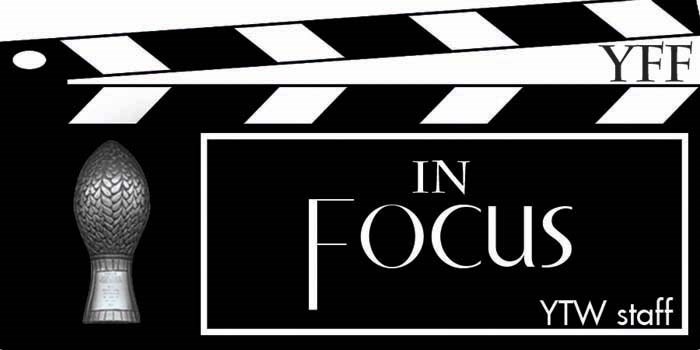A young man stands on the edge of a large lake holding an eagle feather. It is autumn, overcast, the waves rhythmically massage the shoreline.
He talks to the Great Spirit, gives thanks for the place, his ancestors, the mother of his unborn child, the heritage he seeks.
So begins Tony Chachai’s story of redemption and acceptance in Le chemin rouge (The Red Path), a National Film Board documentary released August 4th online. Tony’s is a common tale of fetal alcohol spectrum disorder (FASD), abuse, foster care, drug addiction and a search for identity.
We are all familiar with the shameful legacy of Canada’s residential school system: the intergenerational struggle with poverty, addiction, neglect and abuse; the consequent prevalence of FASD among aboriginal people; the gross overrepresentation of indigenous children in the foster care system.
Atikamekw filmmaker Thérèse Ottawa creates an intimate portrait of these issues in the lovingly rendered Red Path.
Tony Chachai’s eagle feather represents the old ways. It was a gift from his estranged mother, whose dying request of him was that he become a dancer. On his journey to grant that wish, he finds his family, his community and his future.
“When I returned to my community, I felt like a tourist at first,” he says. “I felt lost, I didn’t feel at home. I went to see the family I have here. It seemed like I realized where I really came from.”
He also finds forgiveness. Because of his mother’s drinking, Tony, now 21, was born with serious health problems and was taken from her. As a teenager, he repeated the cycle of drug and alcohol abuse.
“I felt lost,” he says. “I didn’t know who I was or where I was going. The only way to relieve that was to drink.
“When I got the call that my mother was going to die, I realized that it was over and she was going to leave. I had to talk to her, that I forgave her for everything.”
The film is set at Opitciwan, one of three Atikamekw Nation communities in central Québec. The reserve is located on the north shore of the Gouin Reservoir, a series of connected lakes used to control the flow of the St-Maurice River for Hydro-Québec power stations located downstream. It is only accessible by floatplane.
The Atikamekw, which means “lake whitefish,” lands lie approximately 300 kilometres north of Montreal. The population numbers approximately 7,000 and their language, a variety of Cree, remains in everyday use.
Paralleling the individual redemption of the film’s main subject is the resurgence of the Atikamekw culture.
“It makes me happy to see my family participate at the dances,” says Tony’s cousin Ronny. “Almost no one danced before. It had stopped and now it’s coming back more and more.
“This is what helped you too, during your search for identity.”
Red Path was produced as part of Tremplin NIKANIK, an NFB-Aboriginal Peoples Television Network collaborative competition for francophone First Nations filmmakers in Québec.
The film has a calm about it that echoes the soft-spoken, gentleness of the man it portrays and the spirituality of the land and its people.
It premiered in the summer of 2015 at the 25th Montreal First Peoples’ Festival and won the 2016 Golden Sheaf Award for Best Multicultural Production at the Yorkton Film Festival (YFF).
I don’t really get that since the doc is mono-cultural, but that’s probably because the award is misnamed. What the YFF likely means is “best minority cultural” or perhaps just straight up “cultural.”
In any event, last week Red Path was released online and is available at the NFB website with English subtitles over the original French and Atikamekw.




